- sort orderDefault
Photo title, A → Z
Photo title, Z → A
✔ Date created, new → old
Date created, old → new
Date posted, new → old
Date posted, old → new
Visits, high → low
Random - Google Map
- map
 home / Fungi · grybai / Lichens · kerpės / Xanthoria parietina · sieninė geltonkerpė
home / Fungi · grybai / Lichens · kerpės / Xanthoria parietina · sieninė geltonkerpė

-
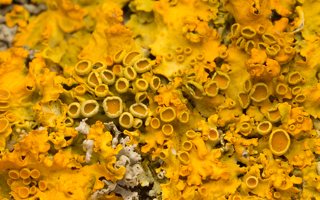 Xanthoria parietina · sieninė geltonkerpė
Xanthoria parietina · sieninė geltonkerpė
-
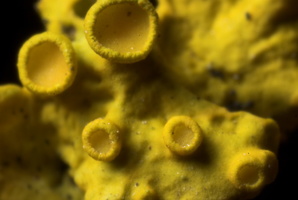 Xanthoria parietina · sieninė geltonkerpė
Xanthoria parietina · sieninė geltonkerpė
-
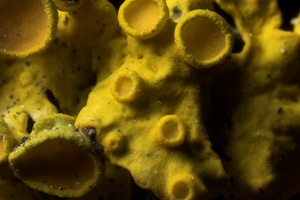 Xanthoria parietina · sieninė geltonkerpė
Xanthoria parietina · sieninė geltonkerpė
-
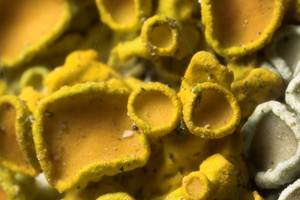 Xanthoria parietina · sieninė geltonkerpė
Xanthoria parietina · sieninė geltonkerpė
-
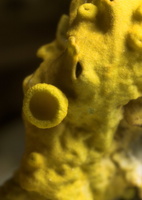 Xanthoria parietina · sieninė geltonkerpė
Xanthoria parietina · sieninė geltonkerpė
Xanthoria parietina · sieninė geltonkerpė
- common orange lichen, yellow scale, maritime sunburst lichen, shore lichen
- Gewöhnliche Gelbflechte, Wandgelbflechte, Gelbe Baumflechte
- sieninė geltonkerpė
- dzeltenais sienasķērpis
- złotorost ścienny
https://en.wikipedia.org/wiki/Xanthoria_parietina The species is widespread throughout much of Europe, North America and has been reported from Australia, Africa, Asia. It can be found on tree bark, rocks, walls. Xanthoria parietina is a very pollution-tolerant species. It is tolerant of heavy metal contamination and to nitrogen pollution. For these reasons, this species has found use as a biomonitor for measuring levels of toxic elements.
The photosynthetic symbionts, or photobionts, associated with X. parietina are from the green algal genus Trebouxia. Species that have been found include Trebouxia arboricola and T. irregularis. Both of these photobionts are known to occur free-living in nature, having been found on bark colonized by X. parietina as well as on bark not colonized by lichens.
X. parietina does not produce vegetative propagules, but must establish the symbiotic state at each reproductive cycle. Two oribatid mite species, Trhypochtonius tectorum and Trichoribates trimaculatus, which are common inhabitants and consumers of X. parietina, are vectors of the photobiont cells. Faecal pellets of both species contain both viable ascospores and photobiont cells, and are suggested to be a common mode of short- and long-distance dispersal of this species.
X. parietina produces an orange colored anthraquinone pigment, parietin, that is deposited as tiny crystals in the top layer of the upper cortex. Parietin synthesis is enhanced by UV-B, and stimulated by photosynthates, such as those provided by the green algal Trebouxia symbiont.
Viena dažniausių ir pastebimiausių Lietuvos kerpių. Ši kerpė skverbiasi visur, kur daug dulkių ir azoto junginių, dažnai išstumdama kitas toje pačioje vietoje augančias savo gentaines. Gali augti ant medžio žievės, medienos, akmenų, betono ir šiferio, nors pušynuose ir pavėsinguose miškuose geltonkerpės beveik neaptinkamos.